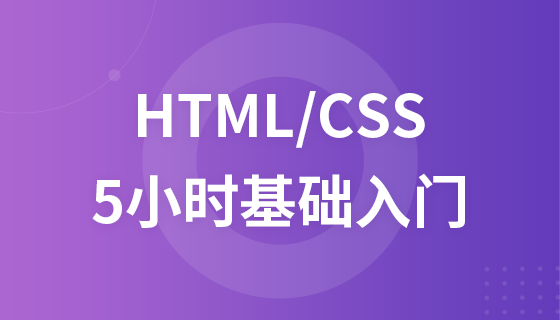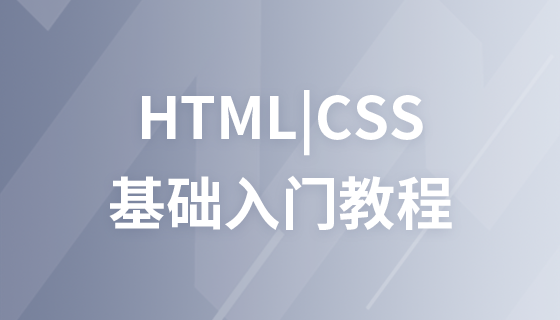CSS Padding
CSS Padding
The CSS Padding property defines the space between the element's border and its content.
Padding
When the element's Padding (padding) is cleared, the "released" area will be filled with the element's background color.
Use the fill attribute alone to change the top, bottom, left, and right padding. The abbreviation fill attribute can also be used, once changed everything changes.
This shorthand property sets the width of all padding on an element, or sets the width of padding on each side. Padding set on inline, non-replaced elements does not affect line height calculations; therefore, if an element has both padding and a background, it may visually extend into other lines, possibly with
Other content overlaps. The element's background extends across the padding. Negative margin values are not allowed.
padding-top:20px;top padding
padding-right:30px;right padding
padding-bottom:30px; Bottom padding
padding-left:20px;left padding
padding:1px unified padding on all four sides
padding:1px1px top and bottom, left and right padding
padding: 1px1px1px top, left and right, bottom padding
padding: 1px1px1px1px top, right, bottom, left padding
Comment: No Negative values are allowed.
Possible values
auto: The browser calculates the margins
length: Specifies the margin value in specific units, such as pixels, centimeters, etc. The default value is 0px.
%: Specifies margins as a percentage of the width of the parent element.
inherit: Specifies that margins should be inherited from the parent element.
padding: Use abbreviation attributes to set all padding properties in one declaration
padding-bottom: Set the bottom padding of the element
padding-left: Set the left part of the element Padding
padding-right: Set the right padding of the element
padding-top: Set the top padding of the element
##














